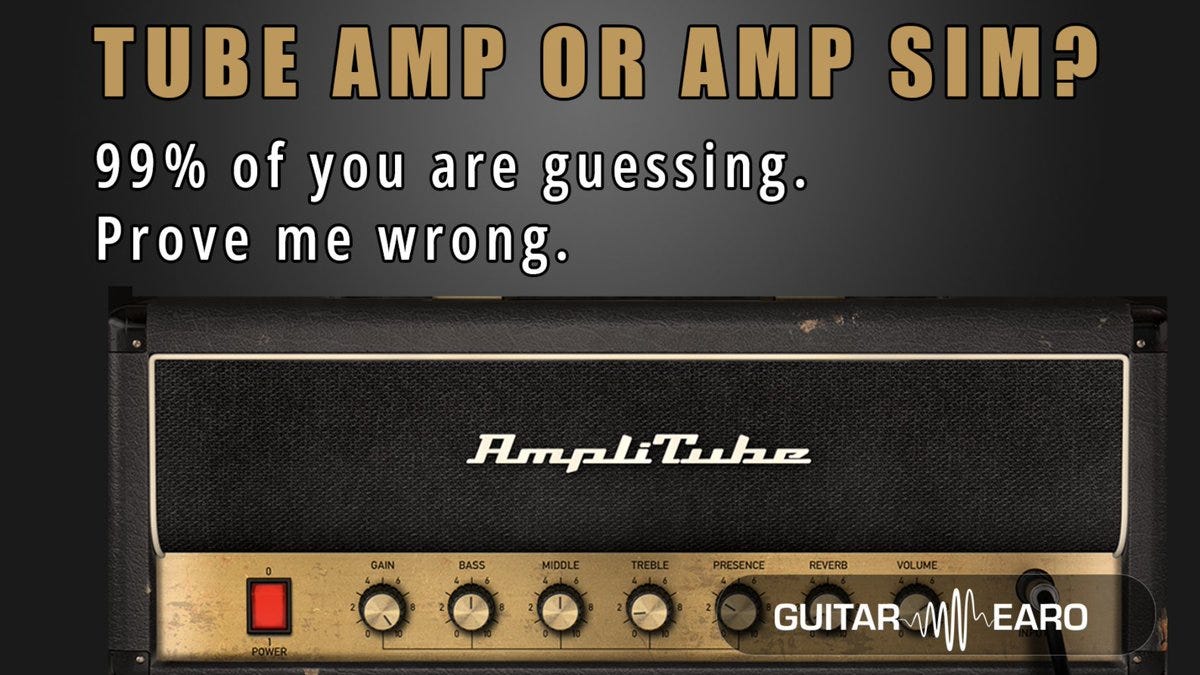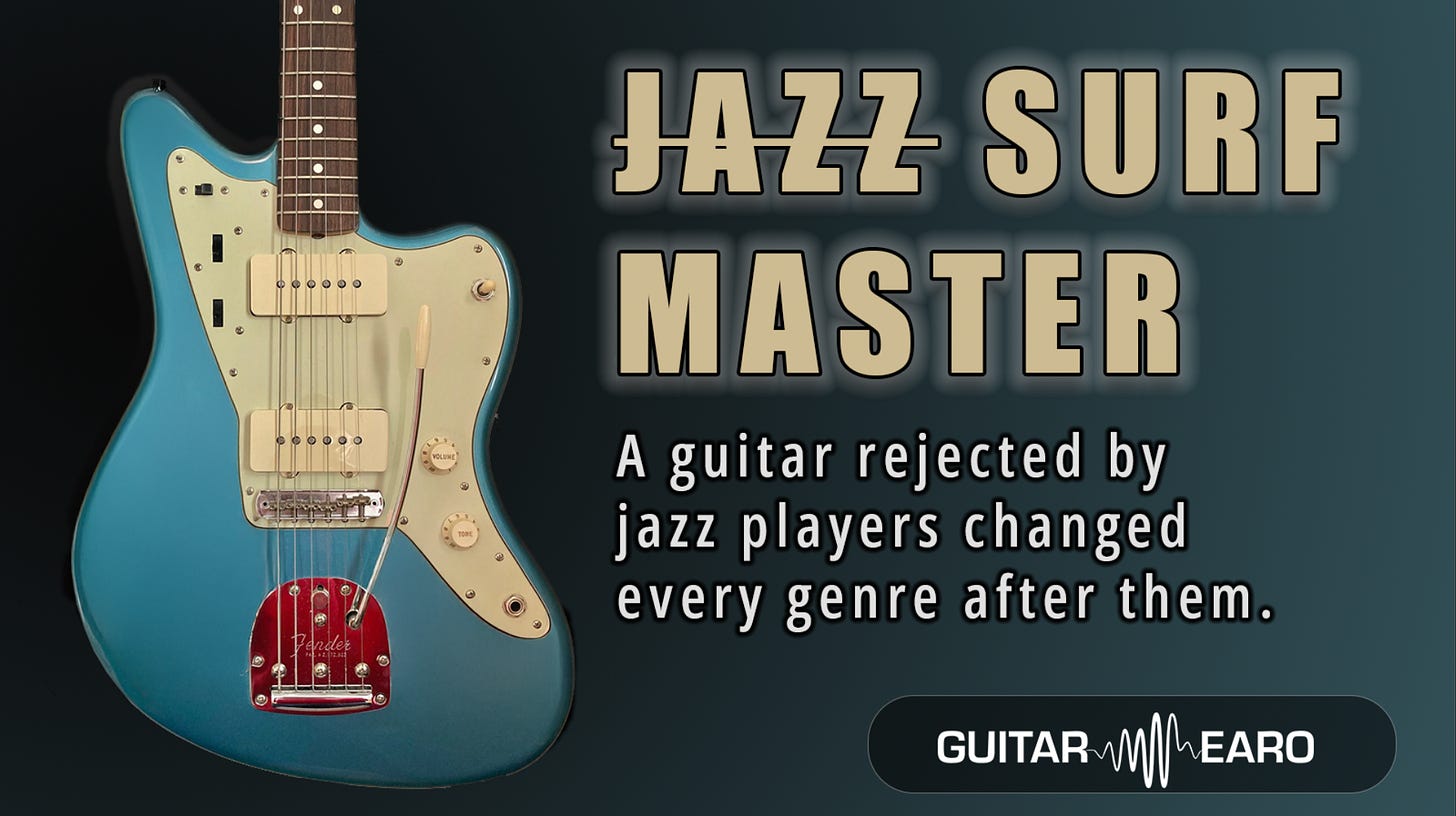Every Strat player has a “come home” moment.
For me, it happened this summer, after twenty years of tinkering with my 1976 Stratocaster. I had chased reliability, power, and stage-readiness, but in doing so, I had lost something essential.
Here is the story of how I brought it back, and why you might want to consider doing the same.
The Starting Point: A 1976 Time Capsule
When I first bought the guitar, it was original.
Three unpotted Fender single-coils, straight from the CBS-era factory.
They had that unmistakable glassy Strat tone.
Bell-like highs, a woody mid scoop, the subtle in-between “quack.”
But they had one problem: crank up the gain and they squealed.
The Problem: Playing Loud in the 2000s
At the time, I was in a rock covers band. We played high volume with thick distortion.
The <a href="hardtail-vs-tremolo-does-the-bridge">bridge</a> pickup—unshielded and unpotted, was nearly unusable. The microphonic feedback could derail a set.
Something had to give.
The fix was simple: wax-potting. By dipping the coils in molten wax, I stabilised the windings and silenced the squeal.
But I did not stop there.
I replaced the <a href="hardtail-vs-tremolo-does-the-bridge">bridge</a> single coil with a full humbucker.
It worked:
No feedback.
Fat, <a href="do-heavier-guitars-actually-sustain">sustain</a>ing tones.
Classic hard rock sound.
But over time, the guitar stopped feeling like a Stratocaster. The identity had changed.
The Turning Point
Fast-forward to today. I own another Strat outfitted with a <a href="hardtail-vs-tremolo-does-the-bridge">bridge</a> humbucker. I no longer needed my ’76 to fill that role.
This guitar deserved better.
It deserved to sound like it did nearly fifty years ago.
The process was straightforward:
Removed the humbucker.
Reinstalled the original <a href="hardtail-vs-tremolo-does-the-bridge">bridge</a> single coil.
Added copper shielding for noise control.
Re-potted the pickup for stability.
No flashy upgrades. Just a return to what Leo Fender intended.
The Result
The first chord I struck after the swap was transformative.
It was like hearing an old friend’s voice after decades apart.
The sparkle.
The snap.
The unmistakable “Stratness.”
Some tones cannot be substituted.
They are the DNA of the instrument.
The Takeaway
If you have a vintage Stratocaster that has been modded for the trends of the past, whether it was humbuckers in the ’80s, active circuits in the ’90s, or noiseless pickups in the 2000s—you may find the best “upgrade” is to undo it.
Because sometimes, the purest version of a Strat is the one it was born with.
If you enjoyed this myth-busting dive, subscribe to Guitar Earo on Substack for more technical explorations of guitar physics and design.
🎸 Learn the Tone. Save the Sound.




